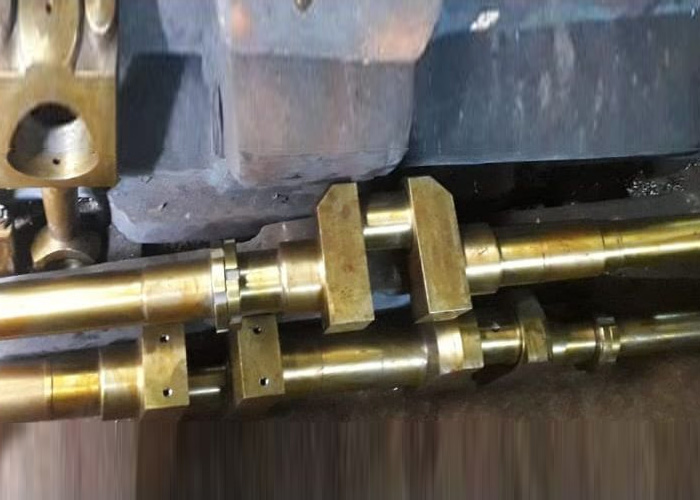Cranshaft

The crankshaft is a vital component in an internal combustion engine, responsible for converting the linear, reciprocating motion of the pistons into rotational motion that drives the vehicle’s wheels or machinery. Positioned at the base of the engine block, the crankshaft is connected to the pistons via connecting rods, also known as piston rods. As the pistons move up and down during the engine’s combustion cycles, the crankshaft rotates, turning this motion into usable torque.
Crankshafts are typically made from high-strength materials like forged steel or cast iron to endure the immense forces generated by combustion. They have a series of crankpins and counterweights, carefully designed to balance the rotational forces and minimize vibrations. This balance is crucial for smooth engine operation and extending the life of engine components.
The reliability and performance of the crankshaft are essential to the overall function of an engine, as it directly influences fuel efficiency, power output, and engine durability. Regular inspection and maintenance are important, as any damage or wear to the crankshaft can lead to severe engine problems, including loss of power or catastrophic failure.